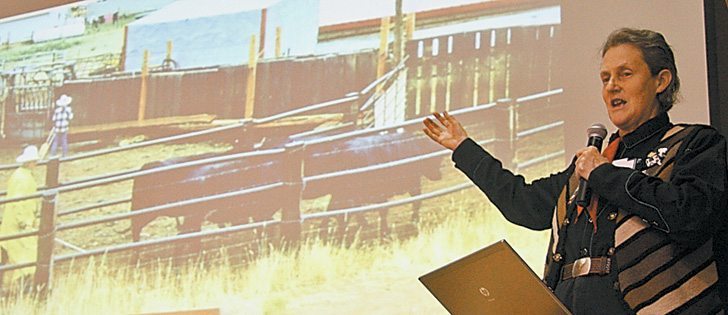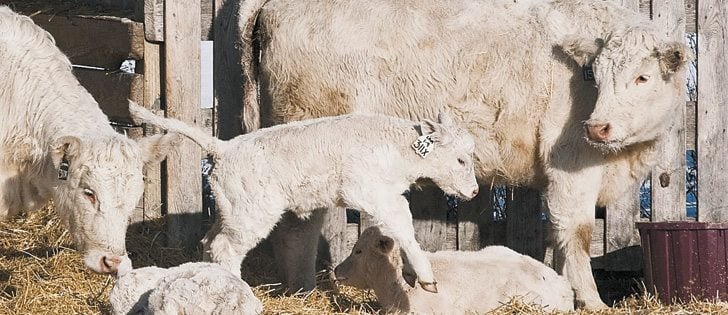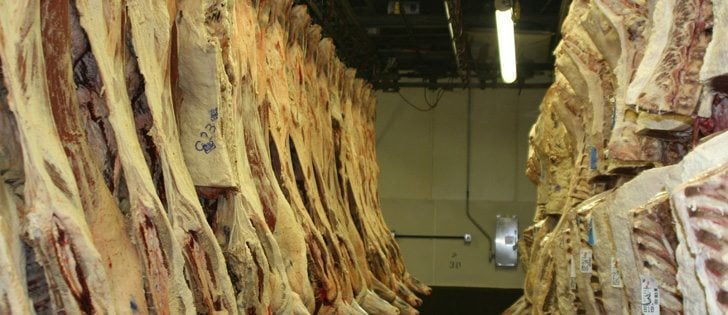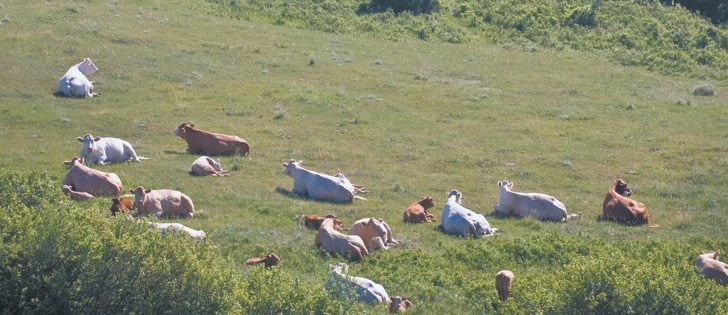Harbouring tapeworm | Infected dogs shed eggs, which can then spread to sheep and render lamb meat useless
Guardian dogs are useful in protecting sheep flocks from predators, but the dogs themselves may contain enemies that can affect lamb producers’ bottom lines.
Recent research from the University of Guelph has found that the prevalence of C. ovis, also known as sheep measles, caused an increase in lamb carcass condemnations between 2003 and 2011.
C. ovis is the intermediate stage of the taenia ovis tapeworm in dogs and must infect sheep to complete its life cycle.
The parasite causes cysts in meat. Carcasses found with cysts are condemned, and producers lose the entire cost of the lamb.
Read Also

Lending policy still focused on primary producers: Farm Credit Canada
Farm Credit Canada said it has not changed its business practices and remains committed to supporting all producers, after a report from an Ottawa-based media outlet claimed otherwise.
Margaret Cooke, executive director of Alberta Lamb Producers, said the reasons for the increase in C. ovis are unknown.
“We don’t know why (there are more), but the remedy is to have more producers worm their dogs,” said Cooke.
The Guelph study traced 237 carcasses condemned in Ontario abattoirs between 2009 and 2011 and found they came from 133 farms across Canada.
Infection was found in all provinces except Atlantic Canada.
The odds of carcass condemnation due to C. ovis were four times higher on farms where dead sheep were allowed to be scavenged.
Producers who did not bury, compost or burn dead stock had a 12 times greater risk of having animals condemned with C. ovis.
Cooke said the problem might in part stem from misunderstanding about the parasite.
“There’s still a perception out there that it’s a sheep worm and if you worm your sheep, you’ll be fine. No, we won’t. This is a dog tapeworm and so you have to treat your dogs. Sheep just happen to be the intermediate host.”
Several oral products are available to deworm dogs at a cost of about $8 per dose, and all require a veterinary prescription. Frequency of treatment depends on dogs’ access to sheep flocks, corrals, pastures, food and water supplies.
Taenia, the tapeworm at issue, can infect any member of the canine family, so guard dogs, house pets and visiting dogs can potentially spread it by defecating in areas where sheep might ingest parasite eggs through their feed and water.
Veterinarian Kathy Parker said in the ALP newsletter that the parasite eggs can live up to six months in the environment, depending on conditions. Sheep do not show symptoms of infection, but it becomes obvious when cysts show up as white spots or “measles” in the meat after slaughter.
There is no human health risk related to the cysts because the parasite cannot infect humans.
“But imagine cutting into your roast and finding a cyst there,” said Cooke. “It wouldn’t be very pleasant.”
Dogs do not usually show signs of infection either, but tapeworms in their intestines can shed up to 250,000 eggs per day in the dog’s stool, said Parker. Once dewormed of taenia, dogs can become reinfected by eating an affected sheep carcass.
“Makes you think twice about feeding the guardian dogs those dead lambs, doesn’t it,” Parker said.















